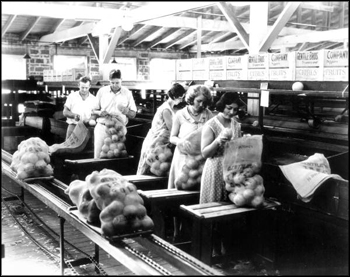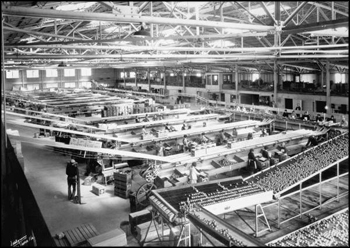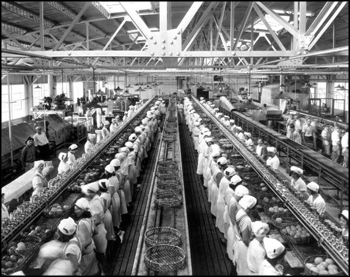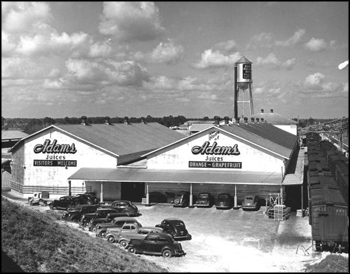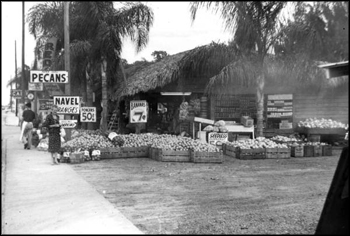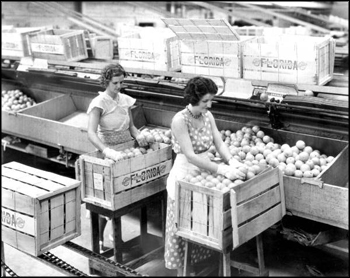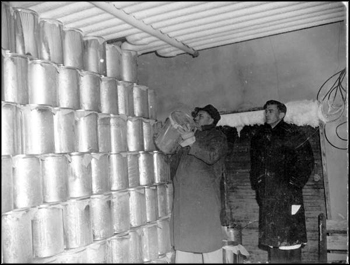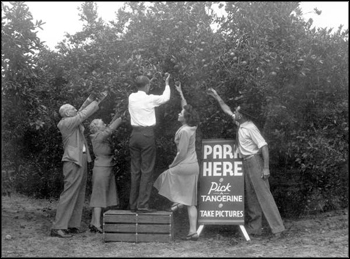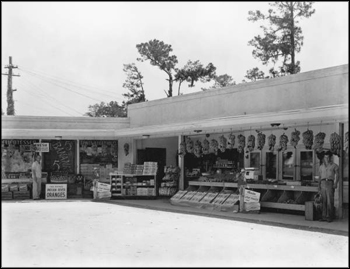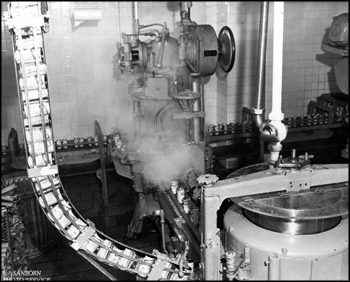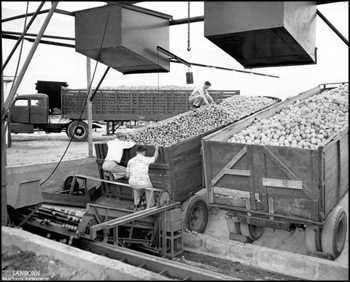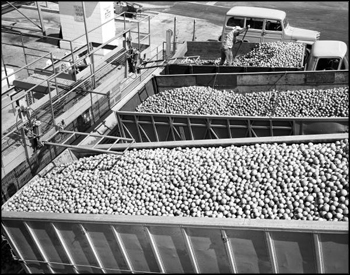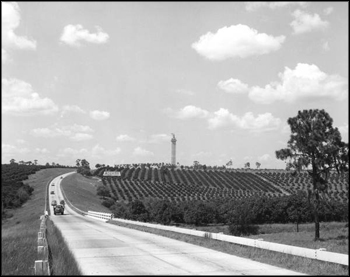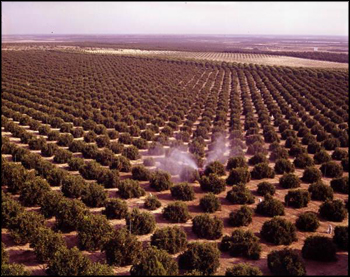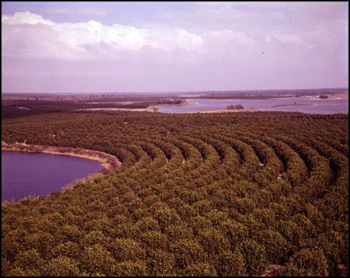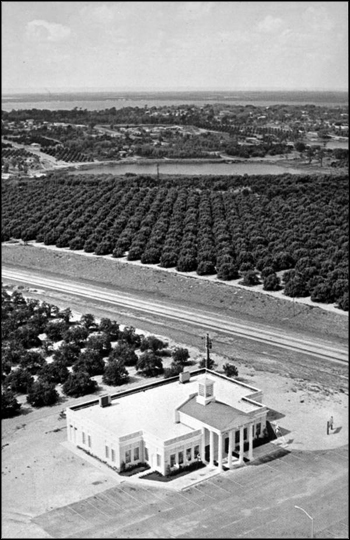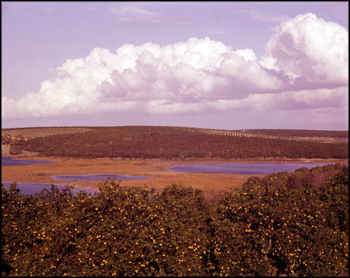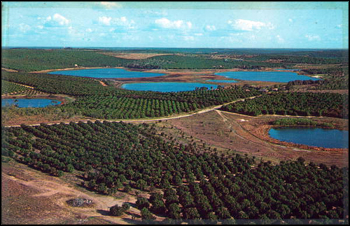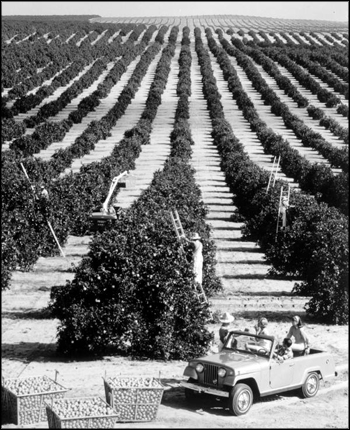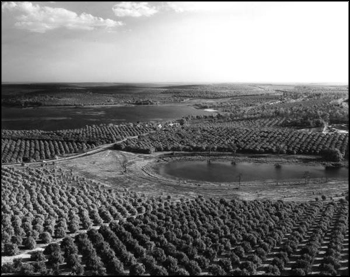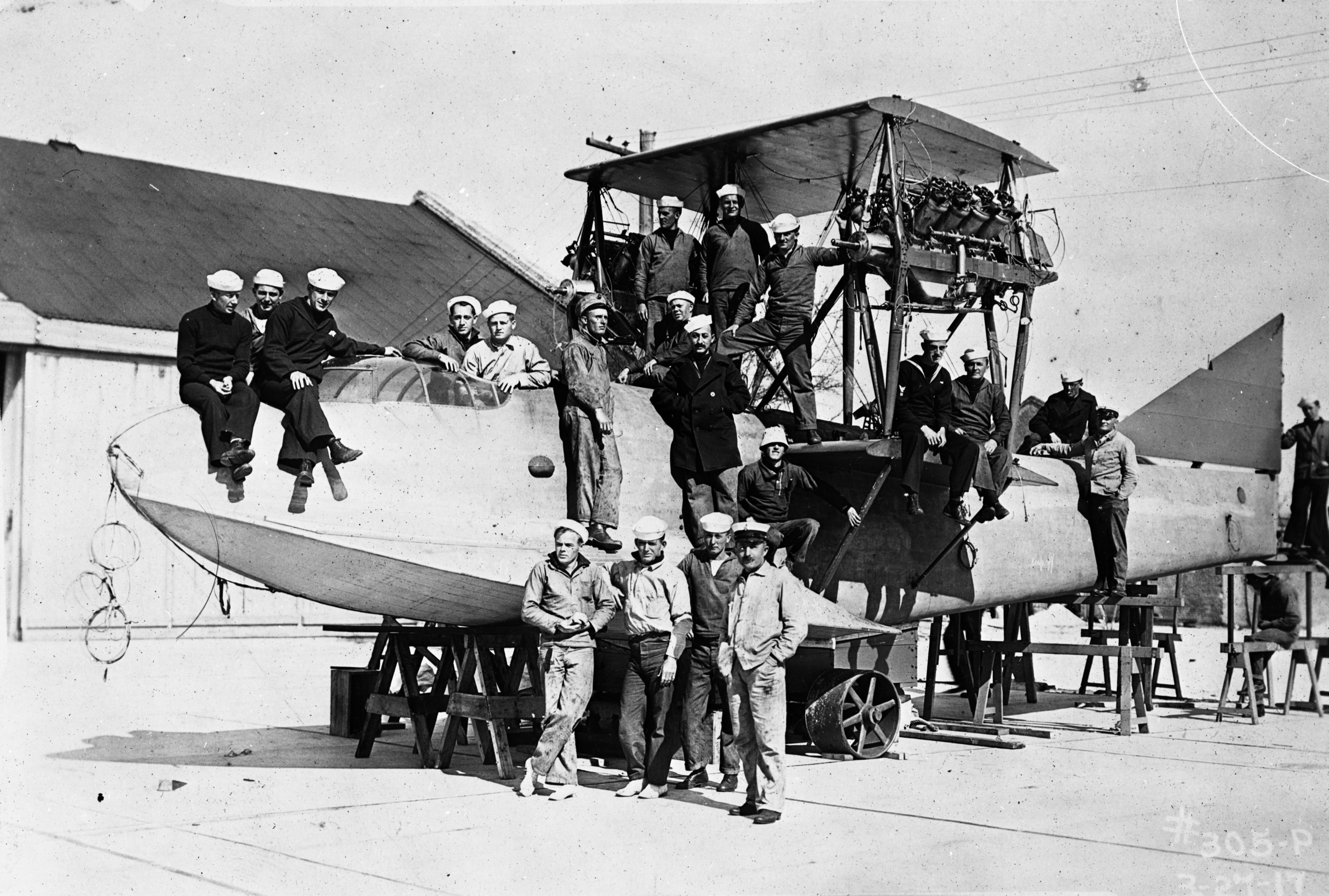Photo Exhibits
Photo exhibits spotlight various topics in Florida history, and are accompanied by brief text intended to place selected materials in historical context.
Bittersweet: The Rise and Fall of the Citrus Industry in Florida
From the Concentrate Revolution to the Decline of Florida Citrus
During World War Two, scientists developed techniques to create "frozen concentrated orange juice" (FCOJ) without significantly altering the taste. The impetus for FCOJ came first from the wartime demands of America's allies in Europe, who struggled to provide adequate Vitamin C to troops on the battlefield. After the war, FCOJ allowed distributers to greatly increase the market for "fresh" Florida orange juice. The ability to ship FCOJ, combined with growing consumption of frozen foods, led to a massive increase in citrus production. Citrus production in Florida increased from 43 million boxes in 1945 to 72 million in 1952. About half of all fruit became FCOJ in the 1950s. By the 1990s, nearly 90% of all citrus grown in Florida reached consumers in the form of frozen concentrated orange juice.
Winter Haven Citrus Growers Association packing house: Winter Haven, Florida (1937)
Image number: FR0642
Florida Machinery Company: Lucerne Park, Florida (ca. 1930s)
Image number: FR0708
General note: The machine is a juicer.
Adams packing house for oranges and grapefruit: De Leon Springs, Florida (ca. 1940s)
Image number: PR01628
Employees of the Florence Citrus Growers Association packing boxes: Winter Haven, Florida (1943)
Image number: FR0733
American Bakeries Company shop front and fruit stand: Jacksonville, Florida (1948)
Image number: SP00244
Bird's Eye orange juice (ca. 1950)
Image number: RC15590
General note: Orange juice cans are being filled with slushy orange juice concentrate. The cans will then be sealed and quick-frozen.
Unloading of Florida fruit at a concentrate plant (1953)
Image number:RC15577
General note: The fruit will be washed, graded and squeezed. The juice will then be processed and stored for future orders or sent to market. Each load of fruit is selected at the peak of maturity to produce the best citrus juice.
Dump trucks bring citrus fruit to Minute Maid frozen juice plant: Apopka, Florida (1963)
Image number: C621181
Since the 1960s Florida citrus has entered into another stage of development, marked by a reduction in acreage and production. The decline of citrus in Florida stems from increased commercial and residential land development in the Sunshine State. As Florida's population increased steadily following World War Two, the amount of land dedicated to citrus cultivation rapidly decreased. For example, Orange County, Florida, home of Disneyland and Orlando, produced 95% less citrus in 1990 than in 1970. The panoramic views of citrus groves below now exist only in memory for many Floridians.
Aerial view showing orange grove being sprayed: Winter Garden, Florida (between 1951 and 1968)
Image number: N049179
Aerial view of gift shop and citrus groves from atop of the Citrus Tower: Clermont, Florida (ca. 1960s)
Image number: N029145
Bird's eye view overlooking orange groves (Between 1951 and 1968)
Image number: N049153
Lakes and Orange groves: Clermont, Florida (ca. 1956)
Image number: PC5952
Tourists in jeep watch workers picking fruit in an orange grove: Florida (ca. 1960s)
Image number: C672017

 Listen: The Bluegrass & Old-Time Program
Listen: The Bluegrass & Old-Time Program